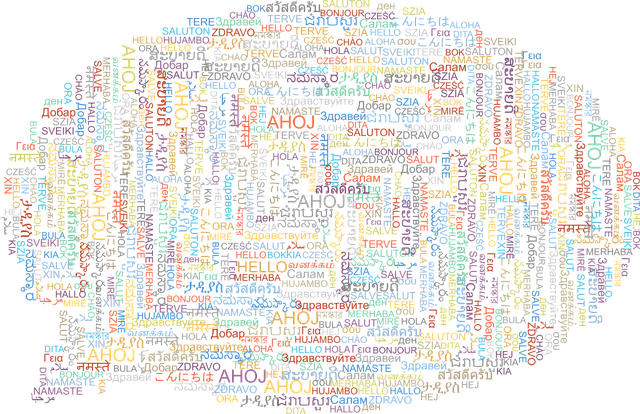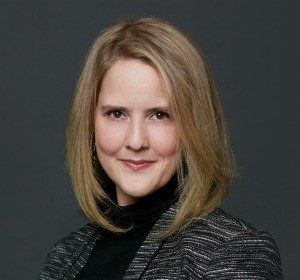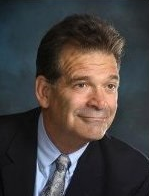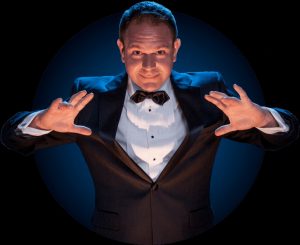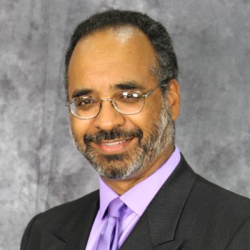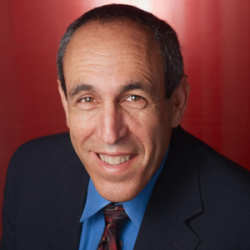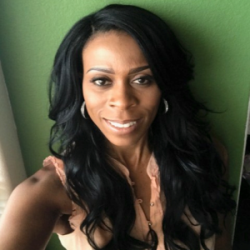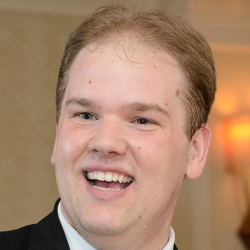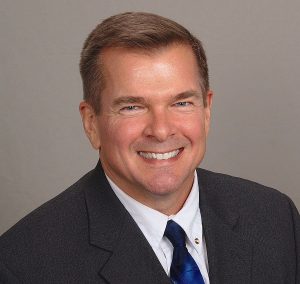By Craig Harrison, DTM PDG
When we think of being bilingual or multilingual we think of traditional languages such as:
| Arabic Chinese English Farsi French |
Hebrew Hindi-Urdu Japanese Korean Russian |
Spanish Swahili Tagalog Vietnamese Yoruban |
Indeed there are over 6,000 languages currently spoken around the world.
Then there are ancient languages such as Latin, Sanskrit and Aramaic, to name but a few. Even within each language, many have regional dialects.
And, of course, various professions have their own lexicons. The medical, legal, and technical fields all have their own languages.
Computer scientists revel in programming languages such as Java, C++, Visual Basic, HTML and SQL.
And what about Toastmasters? I suggest, as Toastmasters, we are already bilingual and have the ability to become multilingual with attention to the following languages:
Body Language
There is a whole non-verbal language known as body language. Our facial expressions speak volumes. The smiles and smirks, furrowed brows and winks. And then there’s the rest of our body.
Our hands speak a language all their own. You’ve seen it during speeches in own club. The nervous speaker who wrings her hands in agony. The tortured speaker who fiddles with his ring while speaking. Others who appear to be in prayer with hands clasped upwards in the steeple position. And then there’s the speaker who positions hands in front of the lower extremities. We call this the fig leaf position!
As Toastmasters we become more facile each meeting with body language as we pursue prepared speeches and Table Topics.
Sales Speak
You might presume in the language of sales that magic words are “yes” and “sold!” Similarly, questions like “will you be paying by cash or charge?” and statements like “for a few dollars more…” are standard.
The language of sales is the language of benefits, outcomes and results. It’s an emphasis on the value proposition (not the cost but the value of items), and the emotional appeal of a product or service for sale (the sizzle of the steak). Often it’s the painting of a picture of success deriving from the sale that woos customers. Evocative images are central to this form of speech. As motivated Toastmasters we encourage each other to complete manuals, achieve goals and recruit new members. Each of these uses aspects of sales speech as we talk up outcomes, benefits and results of improved communication and leadership. Have I sold you yet?
The Language of Leadership
The language of leadership is a language of empowerment. It’s a motivational and inspirational language that can captivate and mobilize others to achieve. It’s the language of possibility: envisioning improvement, achievement and success. Consider sermons from the pulpit, exhortations to teams in locker rooms, and campaign rhetoric from the platform at rallies and public addresses. Winning, succeeding and championing of causes. Through language we can conquer mountains, put mankind on the moon, and mobilize a generation. And in Toastmasters the language of leadership guides officer and council meetings, inspires achievement and induces engagement.
The Language of Empathy
Consider the language of empathy: of understanding, compassion and forgiveness. Words that express solidarity, an emotional resonance, or recognition of another’s plight. We feel another’s pain, open our heart to others, commiserate and bond through language.
In customer service situations the representative who conveys, through language, a recognition of the frustration, disappointment, pain or hurt experienced by a customer, wins high marks for empathy. Often a matching tone of voice accompanies apologies, statements of understanding and the extending of olive branches. Doctors and nurses can similarly effect a comforting bedside manner when they speak the language of empathy. In our club meetings and contests when we coach members, evaluate speeches, and are sympathetic to members’ missteps we express empathy.
The Language of Inquiry
Whether you’re a salesperson or therapist, a debater using the Socratic method, an inquisitive partner or curious child, the language of inquiry uncovers the mysteries of life. When we ask someone why they did what they did, how they achieved their result or who they know who can help us, key information is shared. Whether you’re seeking referrals, insights or just satisfying curiosity, asking questions is how we learn, grow and expand our understanding of the world around us. In our clubs when we ask guests for comments, ask prospects what fears we can help them conquer or ask club mates what role they’d like to serve in next, we are leveraging the language of inquiry to advance Toastmasters goals.
The Language of Love
Expressing love, building intimacy, revealing personal information and sharing secrets are some of the many manifestations of love and its expression. Whether you write sonnets or sing to someone you love, expressions of sentiment, professions of dedication and desires of the heart all form the language of love. And love can be between family members, partners, or even of humans to animals. The supportiveness and camaraderie found in clubs nurtures love for our club mates. We care for each other and commit ourselves to help others win. That’s amore!
It’s a Multi-Lingual World After All
As you can see, we’re all multi-lingual. We each have access to lexicons to express different sentiments, desires and intentions. As Toastmasters we not only get practice stretching our linguistic muscles on a regular basis in our clubs, we also become expert at melding gestures, body language, vocal variety and various styles of communication to become ever-expressive beings. Don’t let your language languish. Draw from each of these linguistic palettes and colorfully paint your world with words.

Craig Harrison DTM is co- founder of Heart2Heart (1463058-57), a District 57 club that focuses on gender-communication.
He is a professional speaker and author.
Learn more at www.ExpressionsOfExcellence.com.

